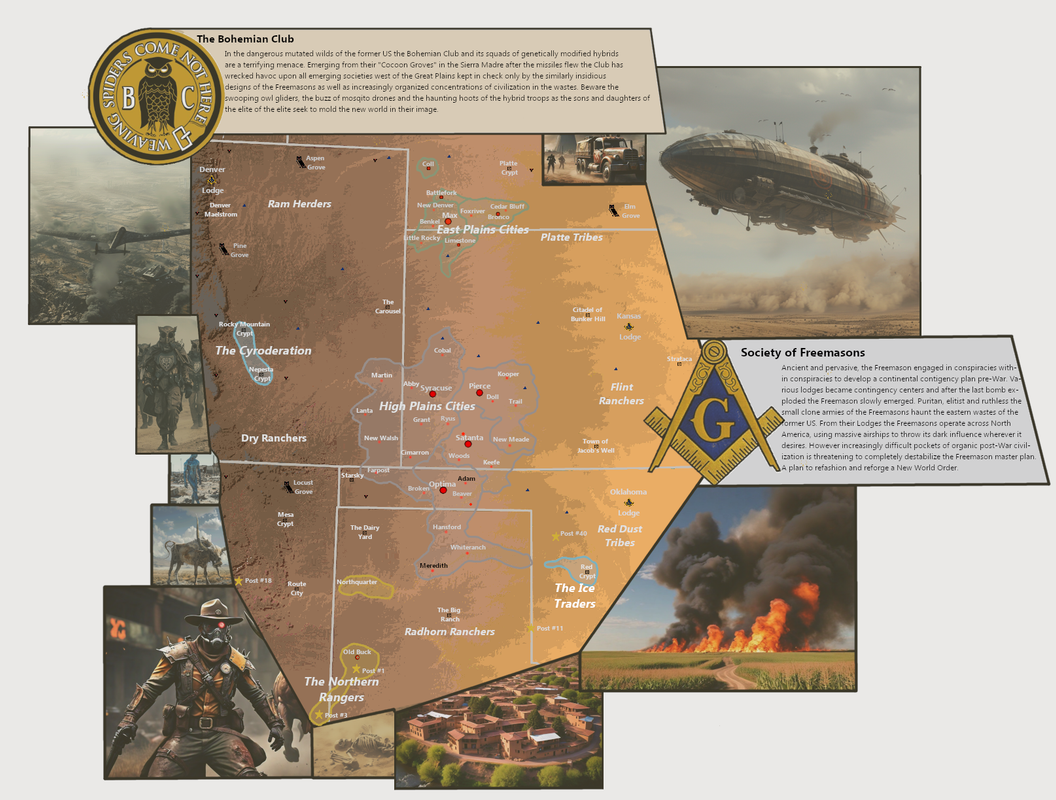Approximately 4 million people live in the preserves, the vast majority of whom reside in Las Vegas or Salt Lake City. It is nearly completely wilderness, apart from roads, train lines, immovable infrastructure, and a few outposts of civilization here and there (service stations, historical landmarks, visitor centers, recreation areas). Automated systems maintain any relevant historical sites or districts, while most former towns in the preserve are left to be reclaimed by nature. A few tiny settlements do exist within the preserves, mostly on former Indian reservations.
The preserve boundaries were simply designated as such to maintain reasonably sized administrative entities (for use within databases, censuses, etc.) Olympia and Big Sur are tiny as they are exclaves.
Yes. It's generally illegal to do so outside of a few designated areas, but people still do it anyways. The government doesn't really prosecute or evict them so long as they aren't bothering anyone.
Rewinding is still ongoing insofar as former cities within the existing preserves are being cleared to make way for new growth nature, but the current preserve boundaries are set in stone. The government is not likely to expand the preserves unless population declines accelerates tremendously.



